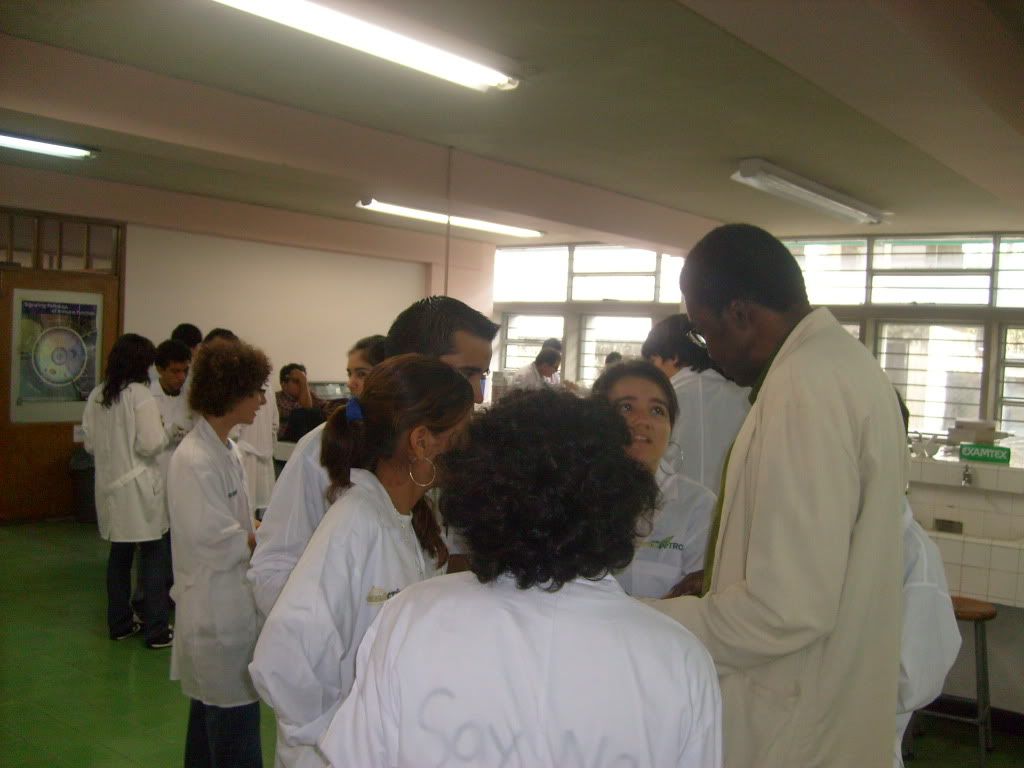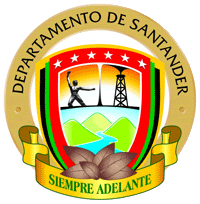Team:IPOC2-Colombia:Labs
From 2009.igem.org
Carlos perez (Talk | contribs) |
Carlos perez (Talk | contribs) m |
||
| Line 43: | Line 43: | ||
<p>Once we were sure we understood what our mistakes were and why our device wasn’t being built correctly, we could start anew. For this, we decided to designing artificial restriction sites with the use of oligonucleotides that we, as a group, designed. </p> | <p>Once we were sure we understood what our mistakes were and why our device wasn’t being built correctly, we could start anew. For this, we decided to designing artificial restriction sites with the use of oligonucleotides that we, as a group, designed. </p> | ||
<p>Throughout the summer we were constantly in contact with our mentor, Dr. Cuero, who was guiding us through this experience. We frequently engaged in brainstorming sessions in which we discussed the different steps of our project and proposed new ideas. Additionally, he would always let us express our ideas and thoughts, listening attentively and encouraging us to follow through with our ideas, which in the end resulted in the overcoming of our obstacles. </p> | <p>Throughout the summer we were constantly in contact with our mentor, Dr. Cuero, who was guiding us through this experience. We frequently engaged in brainstorming sessions in which we discussed the different steps of our project and proposed new ideas. Additionally, he would always let us express our ideas and thoughts, listening attentively and encouraging us to follow through with our ideas, which in the end resulted in the overcoming of our obstacles. </p> | ||
| - | <p>Being this the first time we’ve all worked in a lab and encountered these biological processes and laboratory techniques, it was an incredible experience. Throughout the summer we managed to get some things right the first time we tried, and other times we made mistakes that in the end, only allowed us to learn even more. Our mentor, Dr. Cuero, was always there making sure we were on the right path. Whenever we encountered an obstacle, he’d give us the opportunity of finding our own solution, in our own creative way, rather than just pointing it out. For us, this lab experience wasn’t just about performing lab techniques; it was more about learning, by doing.</p></td> | + | <p>We have also had the support of former IGEM competitor Silvana Saieh throughout this experience. Having attended the IGEM in 2007, she has been able to guide us through this experience making sure we are taking the right steps. She has also played an important role in helping us prepare for the Jamboree.<br /> |
| + | </p> | ||
| + | <p> Being this the first time we’ve all worked in a lab and encountered these biological processes and laboratory techniques, it was an incredible experience. Throughout the summer we managed to get some things right the first time we tried, and other times we made mistakes that in the end, only allowed us to learn even more. Our mentor, Dr. Cuero, was always there making sure we were on the right path. Whenever we encountered an obstacle, he’d give us the opportunity of finding our own solution, in our own creative way, rather than just pointing it out. For us, this lab experience wasn’t just about performing lab techniques; it was more about learning, by doing.</p></td> | ||
</tr> | </tr> | ||
<tr> | <tr> | ||
Latest revision as of 21:43, 20 October 2009
 |
||||||||||
|---|---|---|---|---|---|---|---|---|---|---|
 |
In The Lab |
En Español |
||||||||
 |
||||||||||
|
||||||||||
Working in the lab has had its great moments as well as its difficult times that through creativity and perseverance, we were capable of overcoming them. At the beginning of the summer we started experiencing difficulties with the plasmid DNA extractions. Since we were working with low-copy plasmids, we had to increase the pellet size we were using by more than what we could’ve predicted. Once we finally obtained the plasmid DNA, we began trying to carry out the enzyme restriction digests. We faced a great amount of difficulty carrying them out because of the required amounts of DNA and enzymes weren’t matching. Later on, we had the bacterial sequences synthesized and we began thinking about how to build our device. At first we tried setting it up and after several failed attempts we decided to regroup and analyze all of our steps in order to identify our error. We had brainstorming meetings, we looked up outside information, and we worked as a team to fully understand the biological processes at hand. Once we were sure we understood what our mistakes were and why our device wasn’t being built correctly, we could start anew. For this, we decided to designing artificial restriction sites with the use of oligonucleotides that we, as a group, designed. Throughout the summer we were constantly in contact with our mentor, Dr. Cuero, who was guiding us through this experience. We frequently engaged in brainstorming sessions in which we discussed the different steps of our project and proposed new ideas. Additionally, he would always let us express our ideas and thoughts, listening attentively and encouraging us to follow through with our ideas, which in the end resulted in the overcoming of our obstacles. We have also had the support of former IGEM competitor Silvana Saieh throughout this experience. Having attended the IGEM in 2007, she has been able to guide us through this experience making sure we are taking the right steps. She has also played an important role in helping us prepare for the Jamboree. Being this the first time we’ve all worked in a lab and encountered these biological processes and laboratory techniques, it was an incredible experience. Throughout the summer we managed to get some things right the first time we tried, and other times we made mistakes that in the end, only allowed us to learn even more. Our mentor, Dr. Cuero, was always there making sure we were on the right path. Whenever we encountered an obstacle, he’d give us the opportunity of finding our own solution, in our own creative way, rather than just pointing it out. For us, this lab experience wasn’t just about performing lab techniques; it was more about learning, by doing. |
||||||||||
|
||||||||||
 "
"


